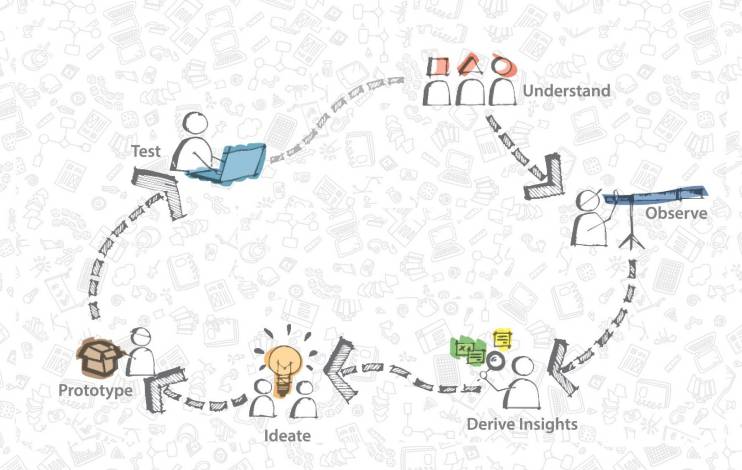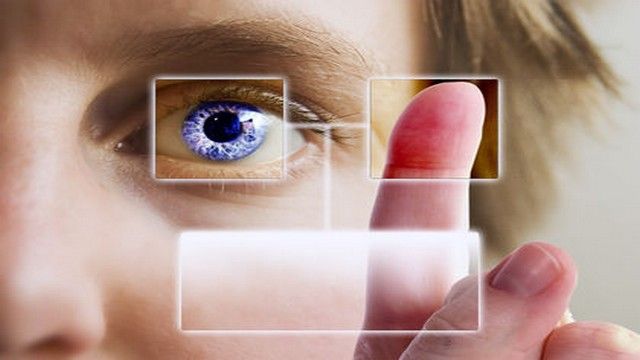There is no secret to how we develop an understanding of user experience and user behaviour; simple observation is almost all you need. Taking the time to actually watch and just take in how, where, why, and when users interact with products underpins the process of acquiring UX knowledge.

Author/Copyright holder: Marcel Douwe Dekker. Copyright terms and licence: CC BY-SA 3.0
Jakob Nielsen (2014) states, “[the] foundational 10% of UX skills are as much as you can learn in classrooms. 90% of UX skills sit on top of the foundation and come from on-the-job learning”. Every human skill is developed as a result of actually engaging in the related challenges and putting ourselves to the test. We would struggle to win a tennis match by reading about how to hit a tennis ball, and bricklayers don’t learn their craft by taking a degree in material design. And UX is no different.
We can learn what to look out for and techniques for collecting and translating information from users, but to make strides to understanding their drives, behaviours, feelings, and attitudes, we need to spend time with them. One of the biggest obstacles to the improvement process is a lack of feedback. Unless we test and observes, how can we identify what is right and what is wrong with our current design?
We can guess. We can ask colleagues. We can try to think like our users, but to find out, unequivocally, we need to put it to the people. The importance of exposure to real users, especially those for whom the product is intended, cannot be exaggerated. Observing them and gaining feedback puts a safety net in front of the product before it is released prematurely.
Lee Duddell, founder of WhatUsersDo, made the bold prediction that, by 2014, UX organisations would have instated specific targets for the number of user exposure hours their team members should have. This prediction might not have come true just yet, but Duddell has brought focus onto the need for targets. Unless we set goals, we are wandering without a clearly defined end point. By imposing targets, we increase the chance that people will jump on board and push in the same direction.

Author/Copyright holder: SAP. Copyright terms and licence: All rights reserved Img source
Observation need not be in the context of usability testing; UX professionals should be keen observers in their everyday lives. Bolstering knowledge in the real-world can influence our understanding at the point of testing users with products at a later date. Asking ourselves why people behave as they do, can lead to some breakthrough answers that can be applied in the design process. Formal user exposure includes any occasion where the UX professional is observing one or more users when interacting with a prototype, finished product, or any other iteration.
User Exposure and UX Salaries
Jakob Nielsen outlines some concrete user exposure goals in Time with Users: Set Personal and Company Goals. Nielsen also relates these goals to the relative amount of user exposure to UX salaries. UX salary increases are the most substantial in the first five years, with an average of 8% from year one to five. And after 10 years, this increase drops to 2%. Nielsen explains these relative salary increases according to the cumulative UX knowledge. The first five years are critical. Developing an understanding of user behaviour builds up rapidly, but these increases begin to level off and after 10 years, newly acquired knowledge will make only a small change to this already vast understanding.
Take home message
User exposure is essentially UX ‘experience’. An artist draws, paints, and produces art. A baker bakes. A candlestick maker makes candlesticks. To someone hiring a UX designer, they can use the level of exposure to real users as a gauge of how suitable candidates are for the role. Get as much user exposure as possible, and you will, without doubt, improve your chances of a successful career in UX.
Header Image: Author/Copyright holder: Unknown. Copyright terms and licence: Unknown. Img











